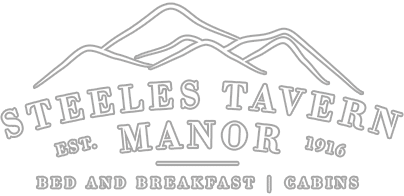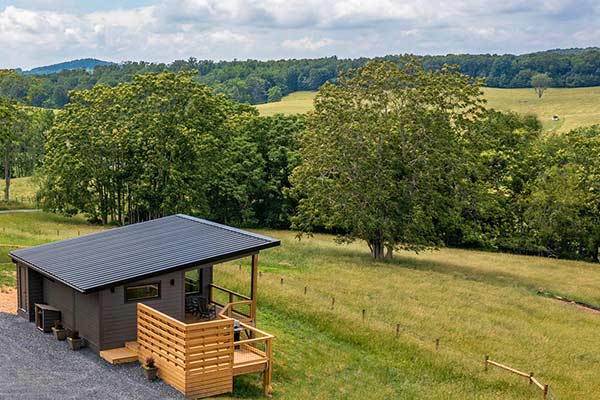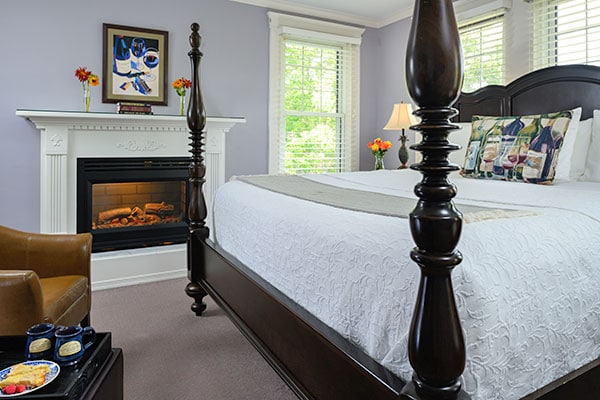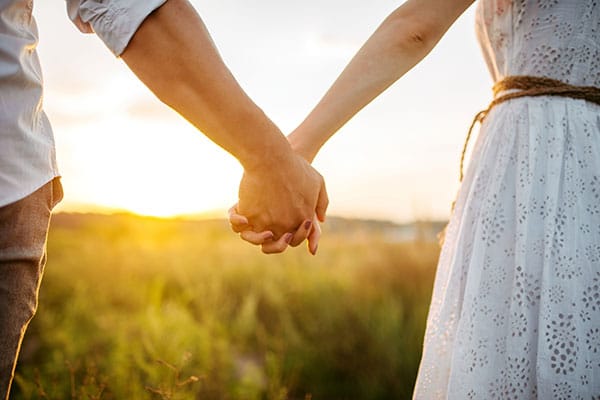For photographers, camera buffs, and lovers of history and old things, The Camera Heritage Museum is a “must see” place in the Shenandoah Valley of VA. Located in beautiful and historic downtown Staunton, VA, it’s easy to find and also easy to get lost in!
This particular museum was nominated for Virginia’s Association of Museums’ Top Ten Endangered Artifacts – not just one time but twice! Some of us remember that old “Brownie” camera we had as a kid (or perhaps you have seen it in a museum) but this museum takes you back long before that iconic little camera became popular.
The Camera Heritage Museum was founded to preserve and display over 6000 cameras and accessories dating back over 150 years. Each specimen tells a story of its time and technology of the era in which it was developed. The photographers and developers of the equipment were innovators and the “techies” of their times. The museum tells their stories too – some of whom called the Shenandoah Valley their home.
Photography as we know it, began in 1822 by Joseph Nicephore Niepce. His photogravure process, developed in 1827, was the groundwork for later methods of photography. The process to develop one image took a full day but he was on to something! Only one of his pewter plates used in the process still exits but it is the proof that he was leading the way to many more discoveries.
At the museum, you can learn about many more developments and methods of photography including Daguerreotype, Calotype, Albumen Process, Wet Collodion (or Wet Plate), Ferrotypes (also known as Tintypes), Ambrotyes, Color Carbon Printing, and Autochrome Process. All of those inventions and developments brought photography into the 20th century. The history of the people behind each of those processes and how each process built on the previous one is a marvel.
The Autochrome Process from 1903 was the first color process available to the general public. It still used a glass plate and used minute grains from potatoes to react to different colors and show the colors separately. This idea was actually used for the first roll film produced in 1932.
Cameras in the collection range in date from the 1800’s through the 21st century. Types and uses of the cameras are amazing. There are military cameras such as the Konica Aerial GSK-99 – a 1939 model used by Japanese air craft during the bombing of Pearl Harbor. There is a Kodak Model D Camera, built between 1901 and 1933, that used a small cardboard box as its body. Some of the cameras on exhibit were made in England, Germany, Japan, France, and the USSR. Some manufacturers are familiar names to everyone while other brands are known mostly to professional photographers. Some of the companies represented in the museum include Polaroid, Olympus, Minox, Kodak, Frank & Heidecke, Canon, ZeissIkon, Leica, and more.
Make a reservation now to stay with us, visit the Camera Heritage Museum, smile and say “cheese” for your own selfies with all the predecessors of our modern photography technology.




